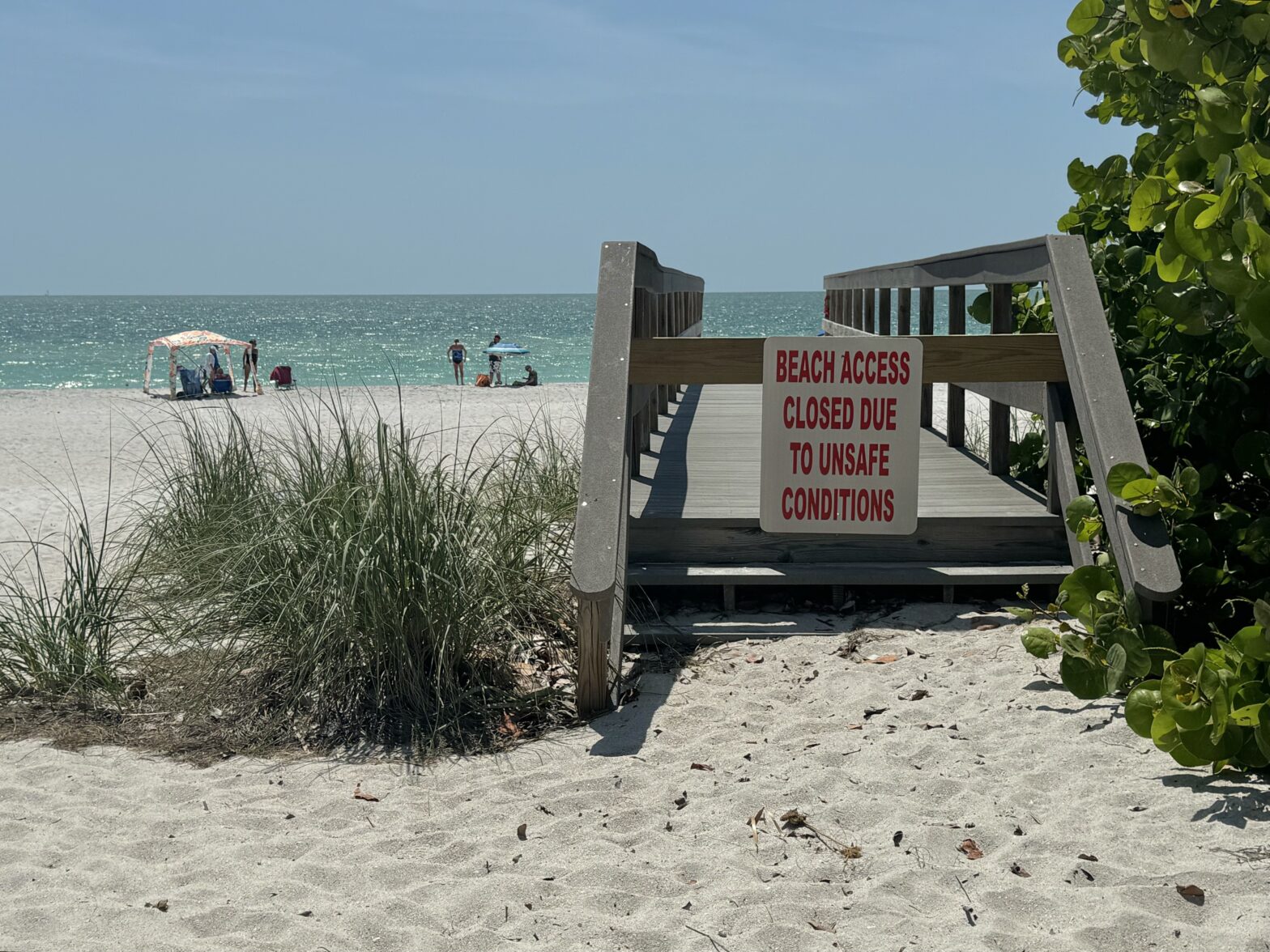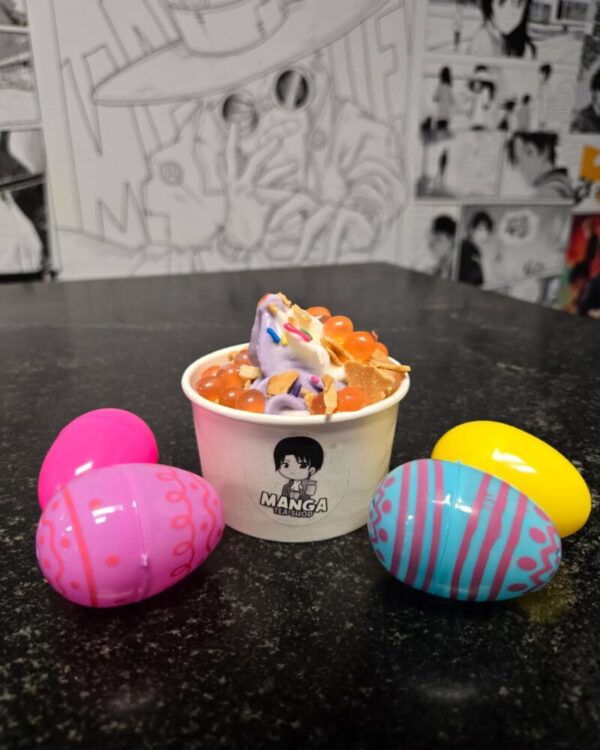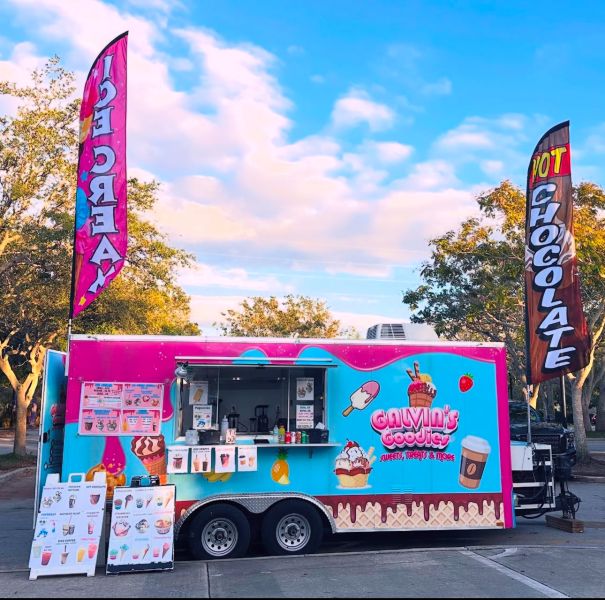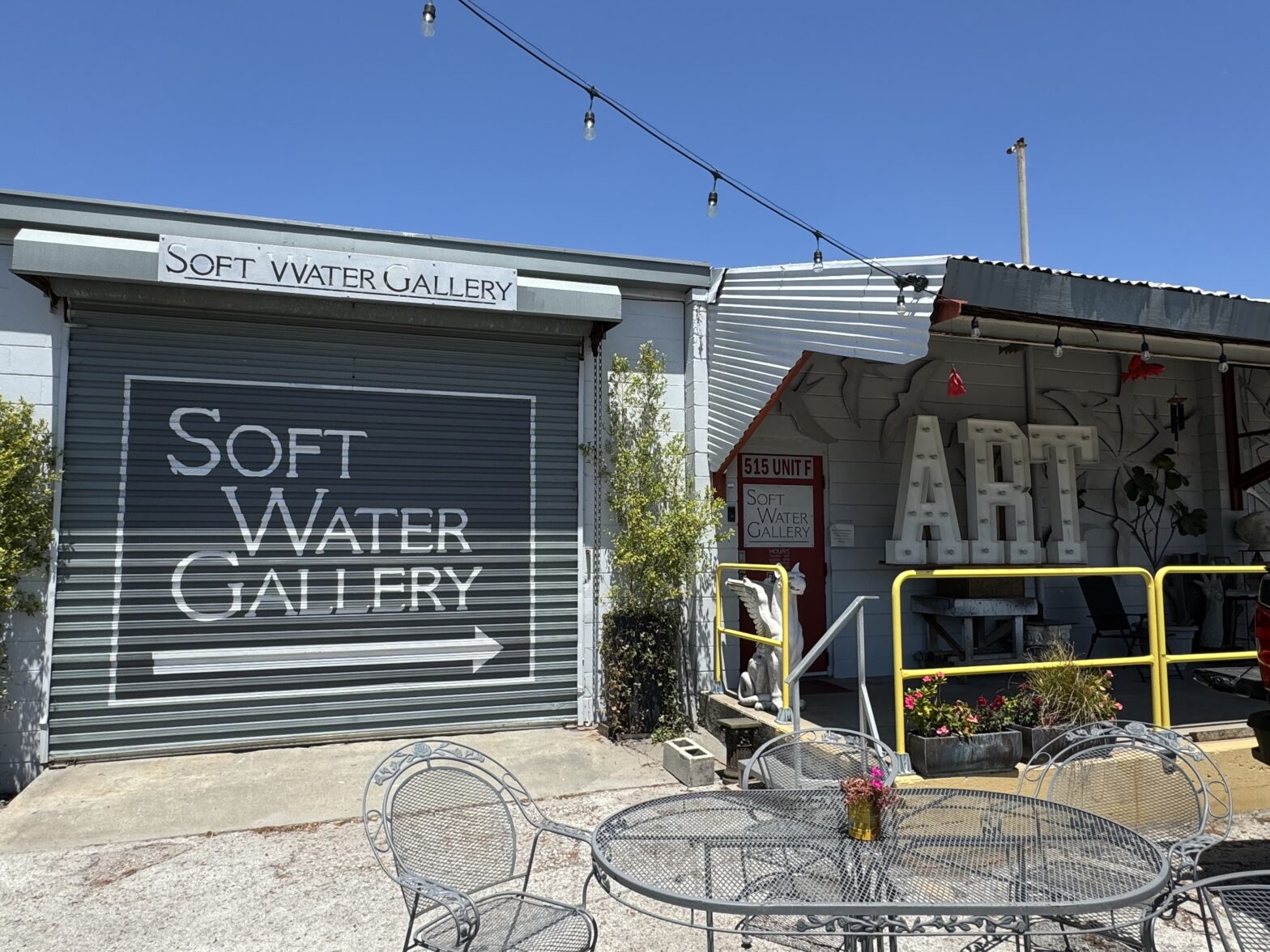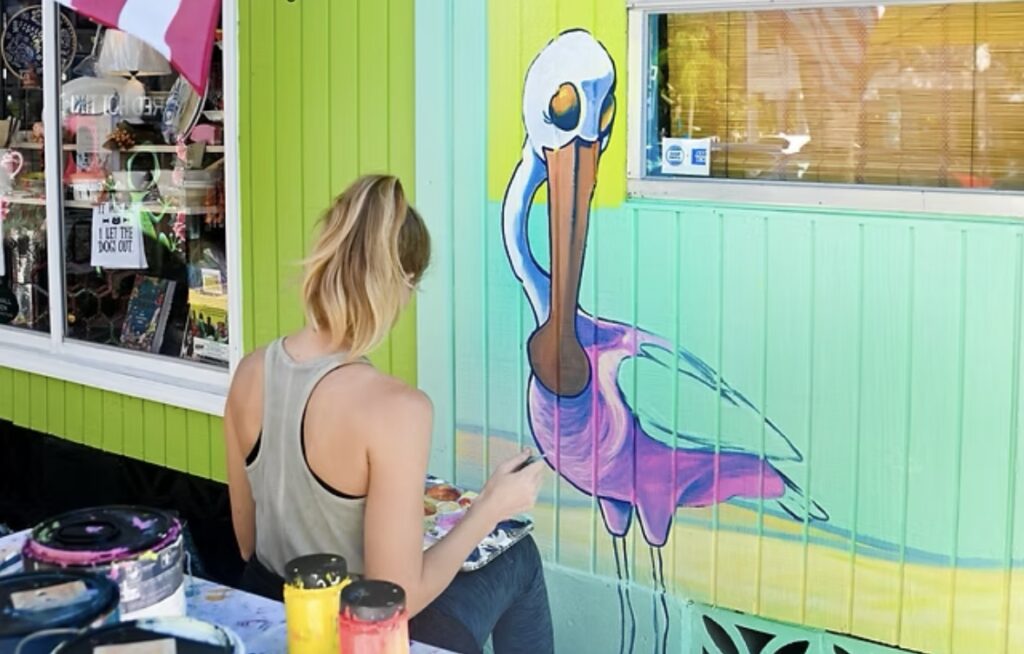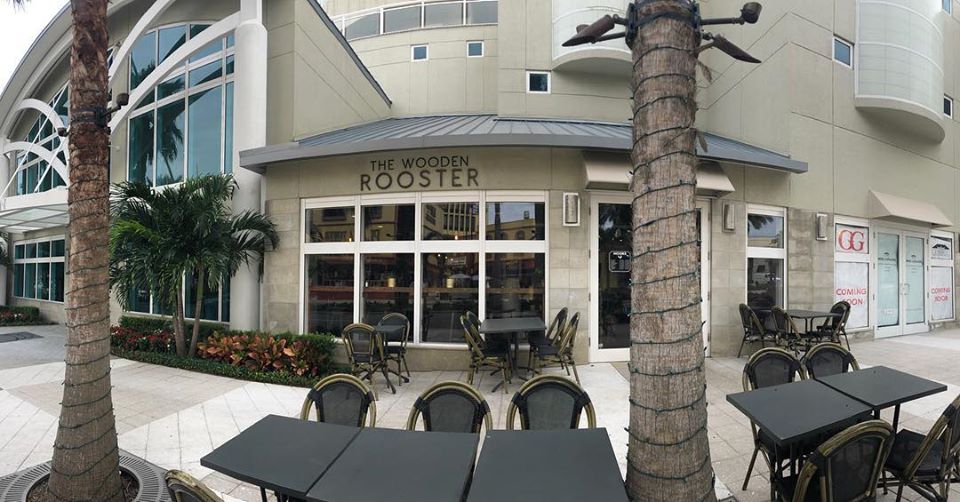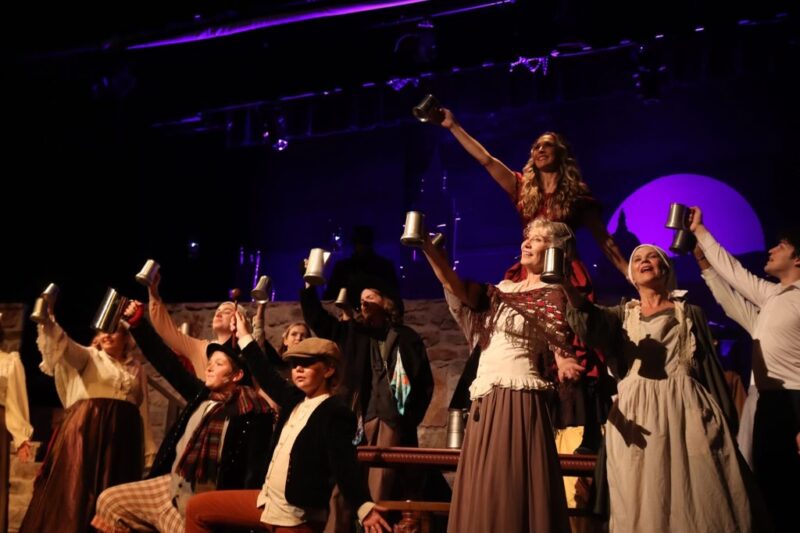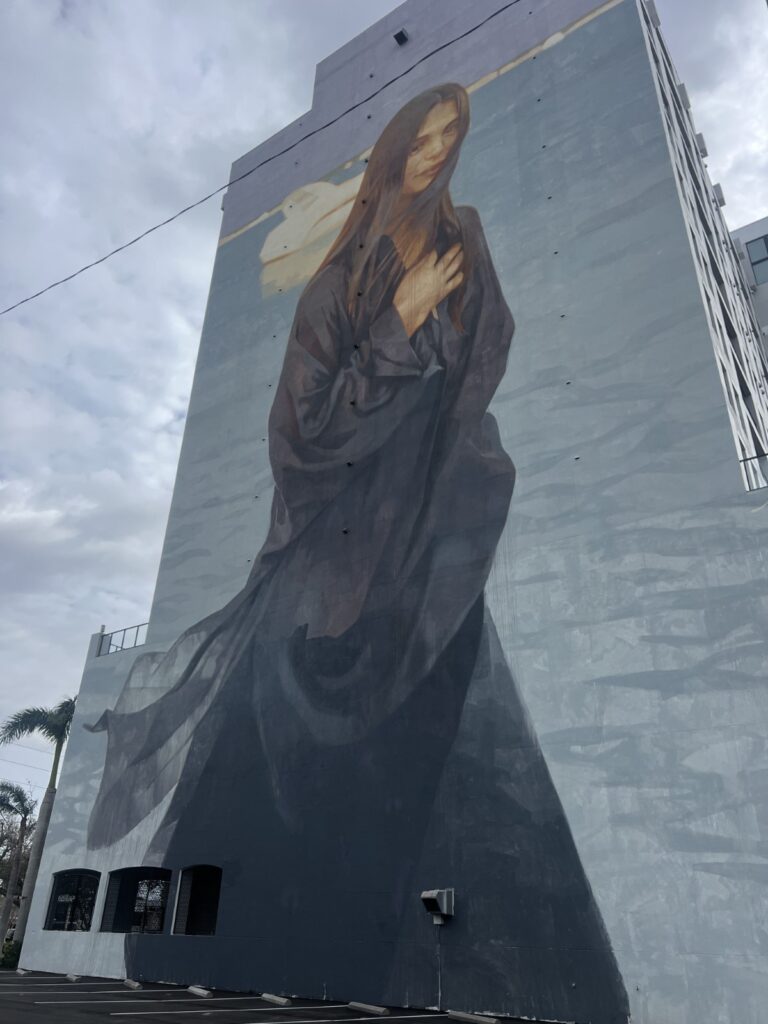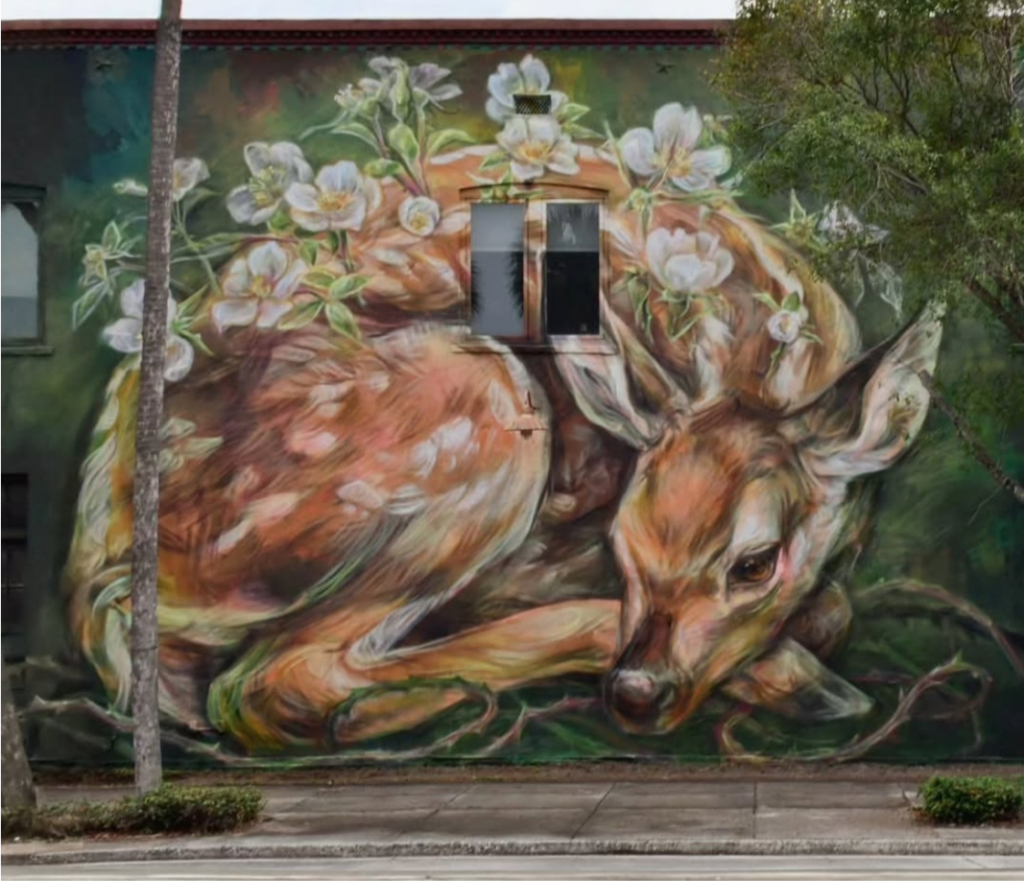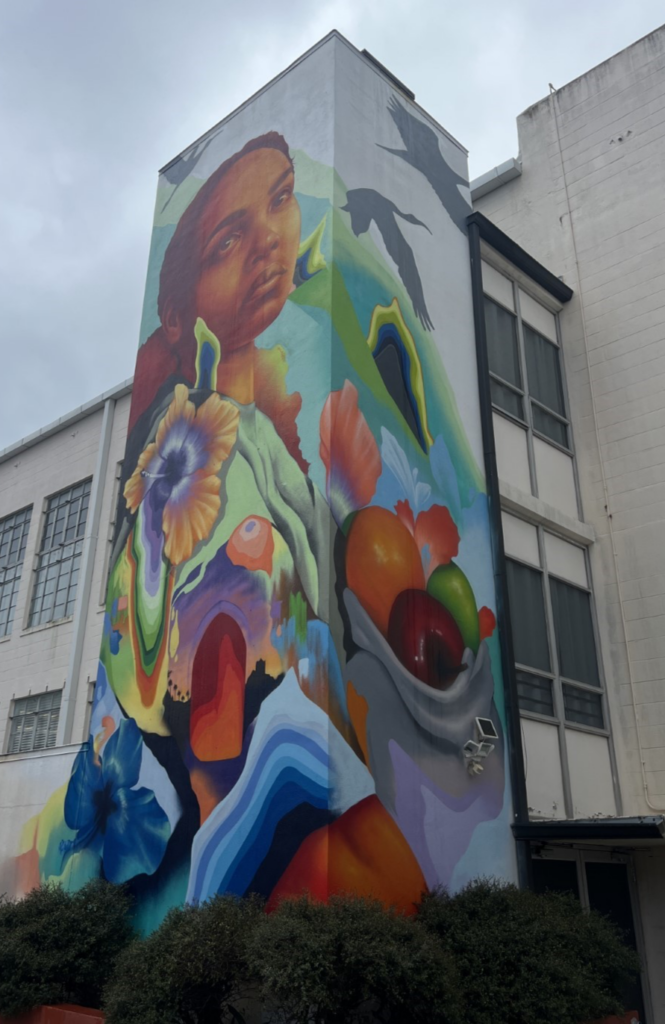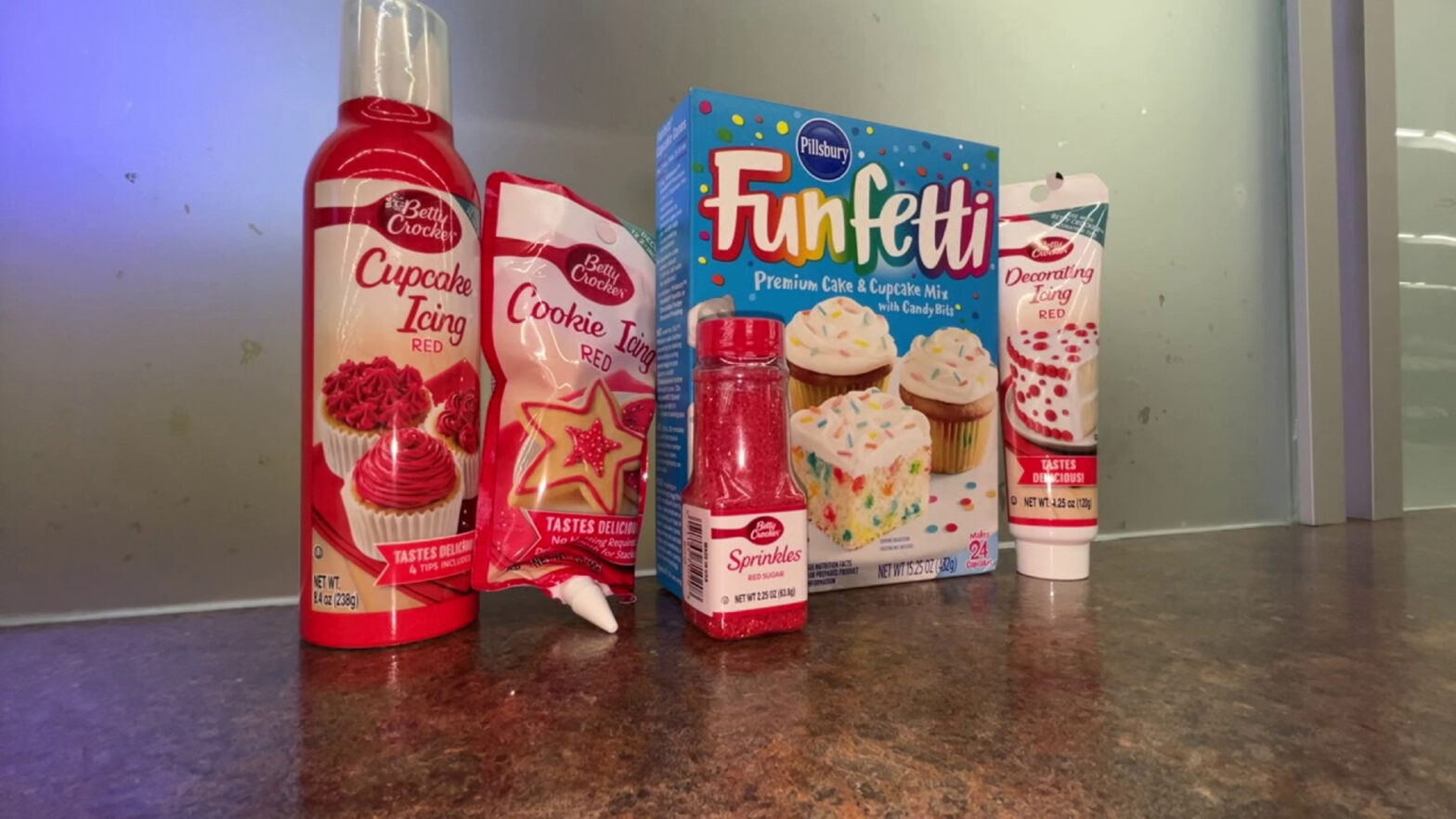By Kylie Perz
Beach erosion has been an ongoing issue faced by Pinellas County, but officials warn it’s worsening as sea levels rise and storms intensify. In response, the county is pushing beach renourishment projects to protect buildings, support tourism and keep the man-made shorelines that help protect the area.
Barrier islands are dynamic environments where the sand constantly shifts and inlets open, close and migrate. According to John Bishop, Pinellas County’s coastal management coordinator, beach erosion has always been a problem along the county’s beaches.
While erosion occurs daily due to natural processes, much of the recent damage has been caused by hurricanes and storms.
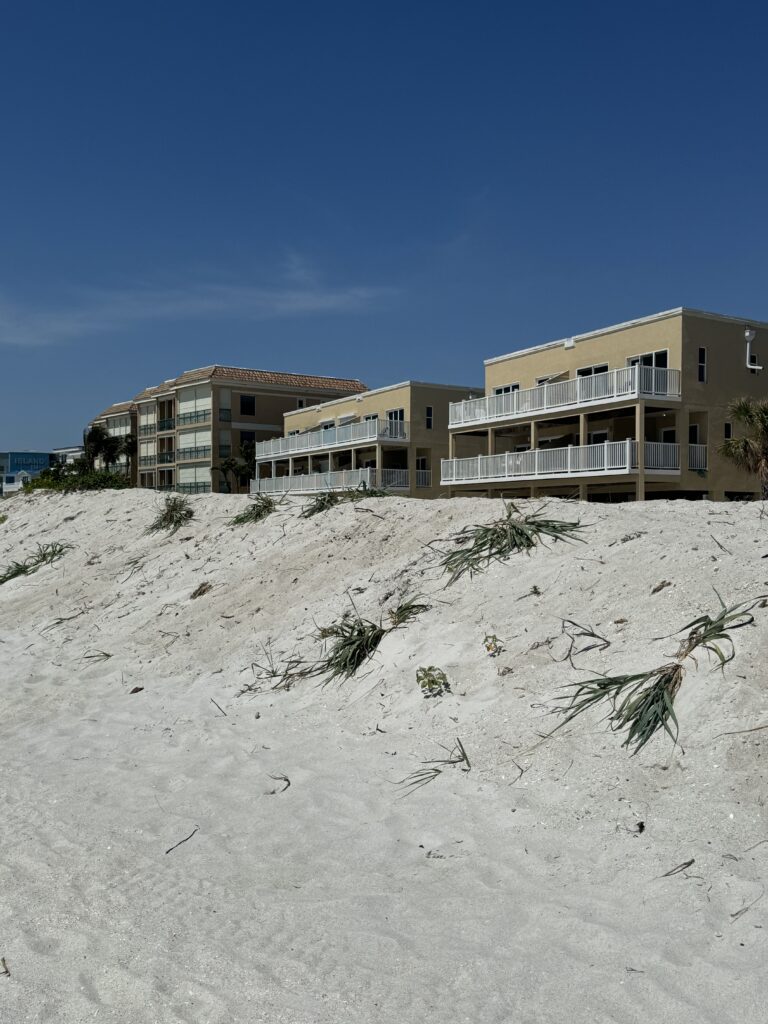
“It wasn’t until the 1980s that a decision was made to put the beaches back,” Bishop said. “The county began nourishing Sand Key island with the [United States] Army Corps of Engineers in the late 1980s. Beach erosion has been a consistent problem. Our beaches today are largely a man-made feature. Much of our Sand Key project area had no beach or dune when we first began nourishment. The projects that the county does now are more of a maintenance effort to put sand back that had been previously placed.”
Recent storms such as Hurricane Helene and Milton hit the entire coastline of Pinellas County with over seven feet of storm surge, one of the highest water levels experienced in the last 40 years. This caused about three feet of sand to wash over onto other parts of the islands, and the beaches have been in recovery mode since.
Bishop said beach nourishment is essential for protecting both the shoreline and the economy.
Before these projects began, many areas had little to no beaches left, and erosion threatened local buildings and infrastructure.
“Beach nourishment definitely helps,” Bishop said. “The beach allows the waves to start breaking offshore, instead of releasing their energy on seawalls and buildings.”
The process involves pumping sand from offshore and grading it to fit a specific design, which must be repeated every four to six years to maintain beach width.
The county follows a method known as regional sediment management, using sand from nearby inlets like Egmont Shoals, Johns Pass, Blind Pass and Pass-a-Grille to keep waterways open and reduce buildup.
“Without beaches, there would be no place for sea turtles and shorebirds to nest, so this process can also be considered a form of habitat restoration,” Bishop said.
Brenda Murphy, a longtime resident of Pinellas County’s Sunset Beach neighborhood in Treasure Island, said the beach isn’t what it used to be and continues to change with every storm.
“Our neighborhood looks different after every storm, and it’s getting worse as the years go on and storms get stronger,” Murphy said. “It’s scary to see how quickly the shoreline is disappearing and how much everything can change overnight. We’re still seeing piles of sand pushed up along walkways and seawalls, even months later.”
In response to concerns like Murphy’s, Bishop said supporting these projects is essential for the local economy and for protecting infrastructure along the coast. According to Bishop, they’re most effective when built as one continuous stretch without gaps.
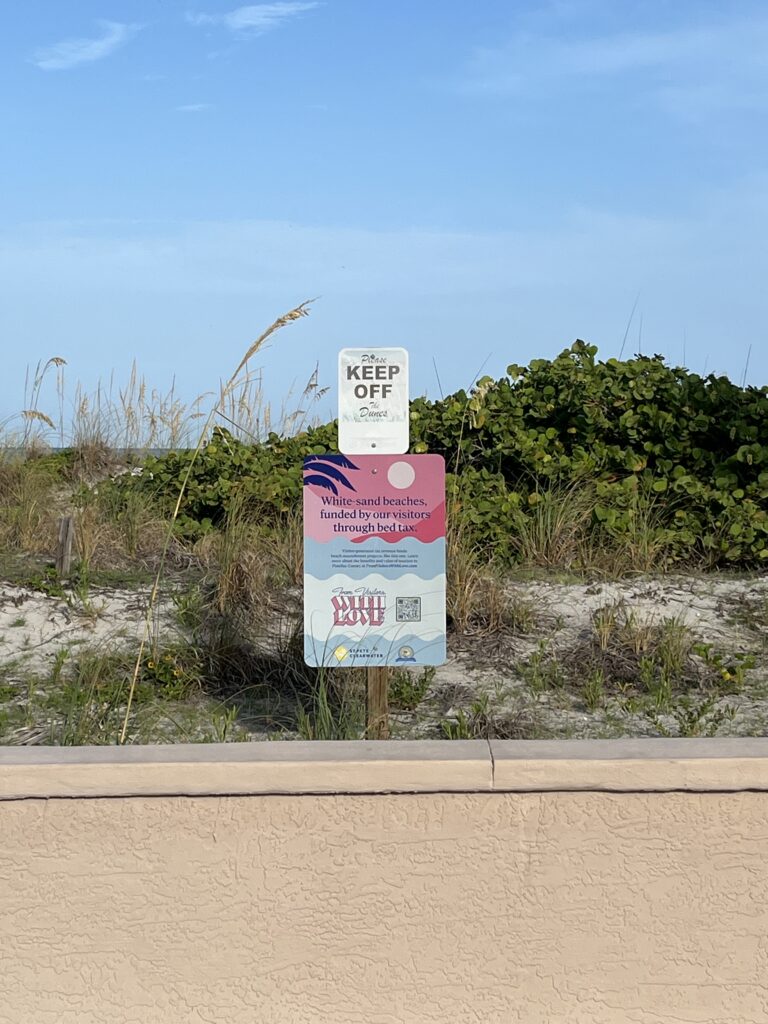
Brian Lowack, CEO of Visit St. Pete-Clearwater, said tourism plays a key role in funding these types of coastal improvements. He highlighted how the From Visitors With Love campaign helps educate residents and local officials about the importance of tourism and its impact on the community.
“This is a great way to show the results of tourism in real dollars and cents and [its] impact on our jobs, incomes and amenities in our community,” Lowack said. “It also allows us to let our residents know that our beach renourishment projects are paid for by the tourist development taxes collected from visitors, meaning no residential taxes are used to help replenish our beaches.”
